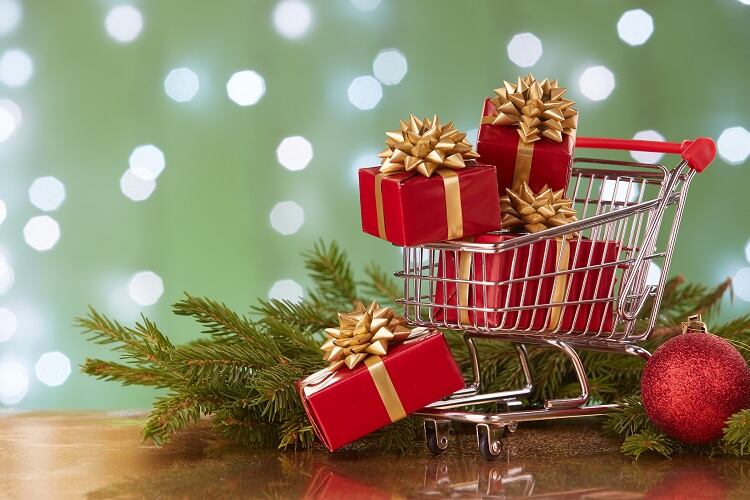Sustainability is now a mainstay on the corporate agenda, and given Boris Johnson's £12bn green agenda announcement, it's more vital than ever. In fact, it’s probably at the top of every food brand’s priority list.
So how do food brands communicate their sustainability credentials without impacting other elements of their positioning?
Seeing as sustainability is now a mainstream issue, every brand has to address it - properly.
Until fairly recently, it was mainly health foods, specialist vegan brands and ethical products such as Fairtrade that felt they had to communicate those claims publicly, really doubling down and substantiating their pledges. Their audiences were the ones who’d make informed purchase decisions based on where the cocoa is sourced, if the packaging is fully recyclable, how much energy is spent creating the product and so on. A relative niche.
But now, it’s a mainstream concern - rightfully so. IKEA recently pledged that by 2025, half of the food it serves at its restaurants will be plant-based; Aldi has also announced that its own-brand cereals will all be bundled up in 100% recyclable packaging by the end of the year.
It's more than just being green that makes you 'seem' sustainable, though.
It's a multisensory experience. It’s visual, verbal, tactile: the language, the look of the packaging, the feel of the product, the way your brand acts on social media and is advertised on TV or on posters. It's everything.
And clearly, sustainability is an everyday concern, for everyone. Especially young people - according to NYU Stern research, ‘the younger the household, the more likely they [are] to buy sustainability-marketed products’.
Getting it right in the field of sustainability makes good business sense too. It always has done, but now pretty much every brand has got that memo! Moreover, customers are no longer prepared to compromise on quality, taste, look and feel in ways they might have done previously when buying products with sustainability credentials.
And sustainability definitely can go hand in hand with a premium positioning. For example, eco-friendly cookies sell at more than a 100% premium. Sustainable chocolate goes for a 50% premium. Bread and yoghurt aren’t far behind. Brands peddling these wares are asking for so much more than just a customer’s moral buy-in - they’re asking for a significant amount of cash, which can’t be justified solely with ‘100% sustainable’. That means the whole experience needs to ladder up with that higher-tier price you’re asking.
Yet it can be hard for brands to tick all the sustainability boxes without messing up their identity - they need to keep the things people have come to know them for over the years. For example, how does an indulgent chocolate bar like Galaxy convey that decadent identity should it decide to move to 100% recyclable packaging?
The Mars-owned brand does a great job promoting its Rainforest Alliance Certified cocoa while still purveying a premium feel, but what if the entire packaging were to be made sustainable overnight, too? Does lighter packaging or vegetable-based ink make it seem cheap? Can the unwrapping sensation be replicated with recyclable materials, or is the magic lost? How do you unveil these changes without coming off as opportunistic or damaging the brand - does your language and messaging still ladder up with the Galaxy name? Basically, how does a brand that espouses indulgence tally up against sustainability goals, all the while retaining its unique selling point?
You need to get in people's heads to get it right.
This isn’t just an issue for indulgent confectionery products. It’s every food brand. Sustainability can't completely override what your brand stands for - you need to get the balance right. You need to be you.
You can guess, you can predict based on trends, but to get the real answer, you need to get in people’s heads. Neuroscience can help nail this. A brand can be as sustainable as it likes, but if it doesn’t convey it effectively, people just won’t know; or even worse, might turn against the product. Using neuroscience to identify where the sweet spots are, and how they tie into a sustainability drive, can make or break a brand’s communications - sustainable doesn’t mean boring or unappealing. It needs to be communicated as an advantage, a benefit, a must-have.
You can use online techniques like implicit association and visual saliency testing, to gauge how people react at speed to the brand assets you present to them. Implicit association measures how strongly people subconsciously associate two concepts, such as ‘McDonald’s’ and ‘sustainable’. The stronger the association, the faster this association will come to mind, hence the focus on response times.
Given that it’s all done in real-time, it means you can collect honest, unfiltered answers to whatever questions you need answering. If you’re gunning for sustainable packaging, or a font or strapline that communicates your new sustainability credentials, your mock-ups can be run through testing against your current wrap.
Similarly, the shape of your actual product can be assessed - perhaps the iconic contours of your product or packaging don’t actually make as much of an impact as you thought, and can be scaled down to avoid wastage in the production process.
Naturally, you’d think I’d say that.
At HeyLab, part of my job is working with FMCG clients on our Sustainability Reframer: this helps them harness the full power of sustainability-focused communications. It’s a simple way of approaching a complex problem.
Ultimately, though, neuroscience isn’t responsible for every single bullseye ad, packaging design or brand toolkit. Luck and intuition have no doubt played a large part in that over the years. But neuroscience mitigates risk. And in an era riddled with more risk than ever, the food industry dancing around sustainability trying not to trip over, you can’t really afford to take a misstep.
Aoife McGuinness heads up the neuroscience consultancy arm of HeyHuman's sister company, HeyLab.


